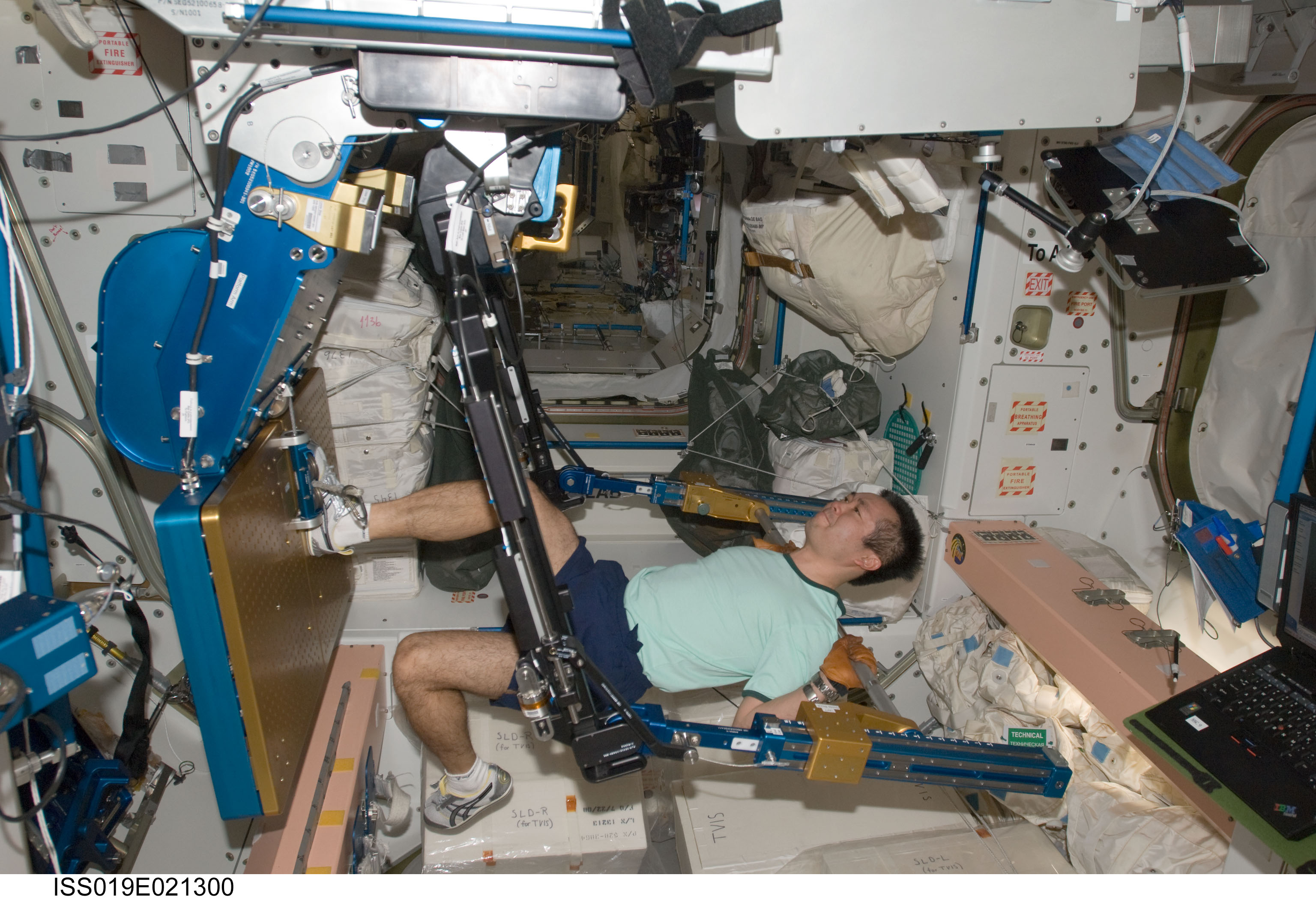You may be familiar with
experiments that show that infants will not willingly crawl over cliffs. If
they get to a drop-off edge, they usually will not proceed any further. This
has been interpreted to mean that babies have a natural fear of heights.
According to Kari Kretch and Karen Adolph of New York University, this is the wrong interpretation. Instead, infants simply become more adept at gauging
their physical limits.
Many of the earlier avoidance studies have
involved watching whether babies will crawl across a virtual cliff, generally a
sheet of glass or plexiglass. You can see an example of such an experiment
below:
The obvious drawback is that the
drop-off is only virtual. Babies learn very quickly that they won’t actually
fall if they move onto the glass. This makes it difficult to score their innate
tendencies. To avoid this problem, infants were placed near actual slopes and
drop-offs, with spotters available to catch them before they fell. The
researchers compared novice and experienced crawlers with novice and
experienced walkers.
The biggest predictor of whether
an infant would attempt to cross a drop-off was how long he’d been using that
mode of travel (what the authors refer to as ‘posture-specific locomotor
experience’). Babies with less than forty days of experience with either
crawling or walking would move over the edge. After having successfully crawled
or walked for ninety days, they rarely needed to be caught at the cliff’s edge.
In other words, infants who had learned to avoid cliff edges while crawling had
to relearn to avoid them once they started walking. They neither gain nor
retain a fear of heights.
As the authors state:
Crawling experience taught infants to perceive affordances for crawling, and walking experience taught infants to perceive affordances for walking.













